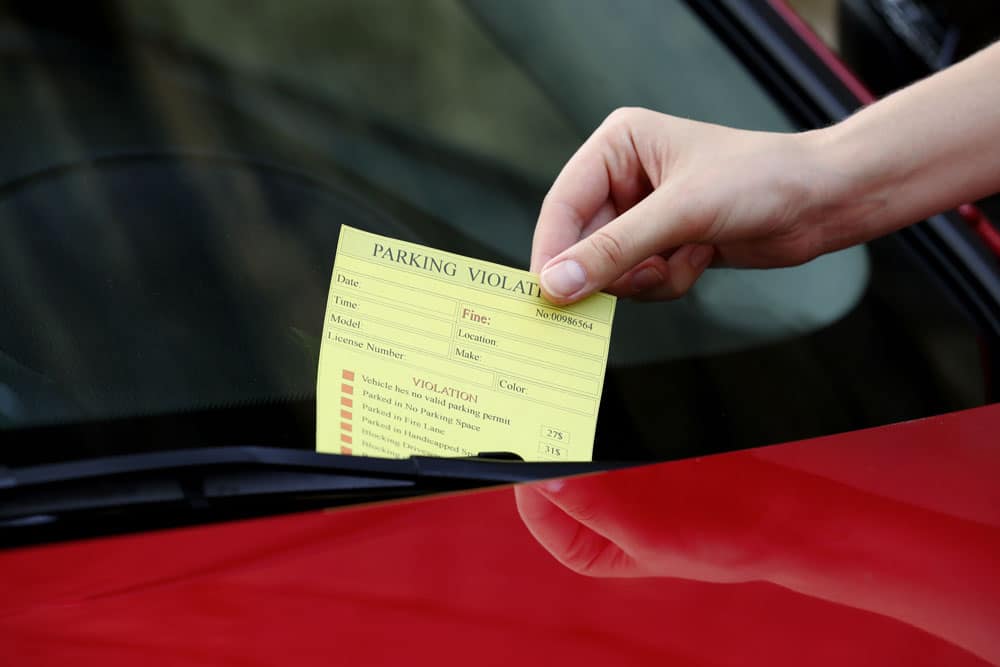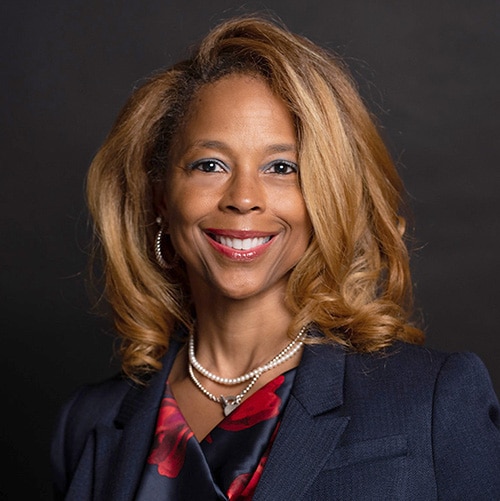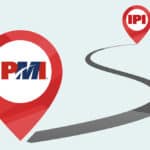Equity in All Things
One of my favorite 
Yes, it is true equity has a place in race relations, gender, and age; but as transportation and parking professionals we should also strive for equity at the curb and all things mobility. Parking professionals, police, politicians, and public works decision makers should all be mindful of ensuring equity with public space. Mobility professionals should be ensuring all aspects of moving around a city are viewed through an equity lens. Regardless of whether it is handicap accessibility, parking fines, or even the fees for public transportation, all should be approached with an equity mindset.
Equity is defined as the quality of being fair and impartial. Therefore, one might perceive a parking fine escalation of $50 charged to anyone with an outstanding parking citation should be charged to everyone and this is equity. Afterall, isn’t it fair that everyone be charged the $50 if they didn’t pay timely? While I can certainly see this argument, we must also be mindful of those who would be greatly impacted by a $50 cost burden. Not everyone is able to pay the $50 and continue with life without missing a beat; for some, paying $50 on a parking fine may very well mean the difference between eating or not. Attention is warranted on the impact of assessing fees, fines, and fares on those with low income. Realizing the potential of a financial burden, cities should make provisions to assist and aide.

While the topic of equity in parking has been around for decades, our industry still has a significant amount of work to do to balance the existing inequities. Consumer expenditure data shows that those with low income spend 16% of their income on transportation costs on average, while those with higher income spend just 6%. This disparity is why parking and mobility professionals need to seek out opportunities to improve our services in any way feasible to assist those living below the federal poverty level.
Equity should be considered in all decisions impacting parking. In my neck of the woods of Louisville, Kentucky, parking on the right of way or parking on the curb is a public accessibility concern and not an issue of private property. Equity considerations are not only being contemplated heavily here, but are in Michigan, Illinois, and other states. How does taking a block out of public access and privatizing that block affect the people that previously utilized those spaces? Perhaps there is a dialysis center in proximity, and this was the nearest public parking. Decisions to privatize any one block needs to consider the usership of the block to minimize creating undue hardships for those that are already at a disadvantage. There is a realization that those that are currently marginalized are only further burdened when equity measures do not take into consideration the effect it will have on those who are indigent.
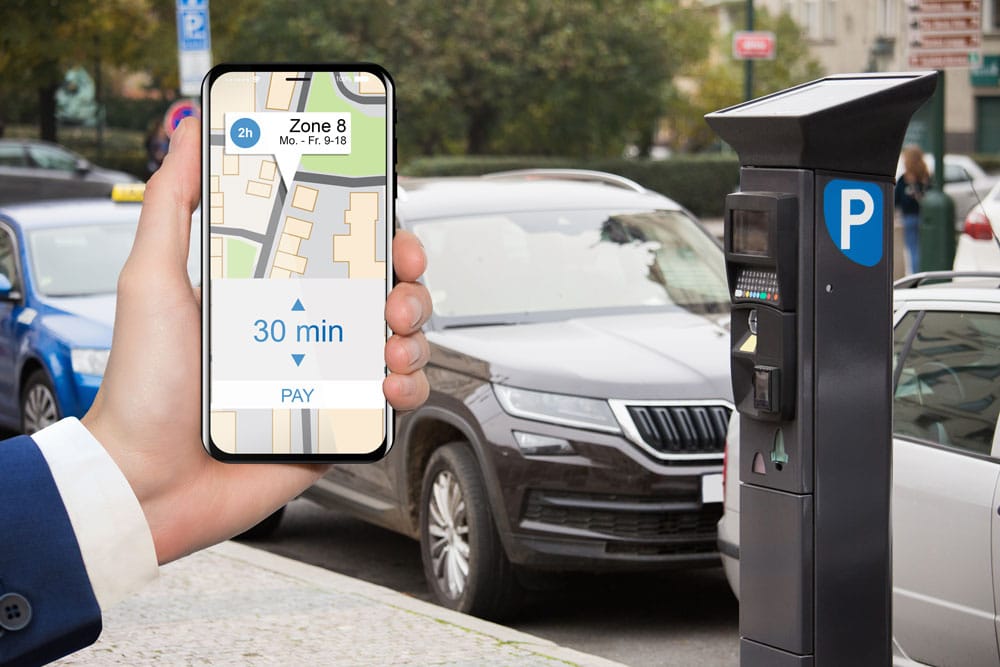
Maybe a city is contemplating adding mobile or “pay by cell” technology. The city surely is considering all the aspects around how progressive of a step this will be. The press office is drafting the latest release to advise of new amenities offered in the downtown city blocks, and how excited they are to launch cutting edge technology. After all, everyone has a cell phone, and this is “pay by phone” technology. People won’t have to carry change or even access their wallets for a credit card anymore. Decision makers are elated about offering this progressive model to their city blocks. However, has anyone taken into consideration the adjacent businesses who utilize the area? Could they be removing the possibility of the unbanked being able to continue to park legally? Would this area be better served with a hybrid of meters, pay stations, and pay by cell technology? These are the considerations that should go into improving an area—review with an equity lens and not purely with a technology lens.
Metropolitan officials have a responsibility to assist citizens by connecting them to employment, education, and services they need. This would include providing ways for all to have access to reasonably priced transportation. While prices may be feasible, there also needs to be ample access. Many cities are not able to provide adequate transportation throughout the city limits due to corporate transportation costs, which leads to a disproportionate number of unemployment, poverty, and health issues for those that rely solely on public transportation. Health issues are perpetuated due to limited access to services, doctors’ offices, medicine, or even healthy foods. Ample transportation is pivotal to avoid transportation inequities, but because many cities were suffering to meet a budget to maintain existing transportation routes, adding routes to an existing deficit isn’t financially attainable. Nevertheless, affordability strategies need to remain on the forefront for decision makers. Intentionality and focus are needed to make sure transportation is affordable for those with low income and to increase connectivity for all communities, including safe transit, bicycling, and walking. Yes, funding is needed; changes at the local and state levels need to address how transit can change the trajectory so people can realistically work themselves out of poverty.
Fares and fees can also create a financial burden to those households with low income struggling to meet their basic needs. Local transportation authorities have created programs to assist communities utilizing buses as their main source of transportation. Our local transit authority promoted passes for middle and high school students to receive free bus rides to move around the city to attend school, work, and access to services. Discounted parking passes in bulk have also been available for those who qualify. Employers can be encouraged to work alongside transportation outlets to participate in programs to purchase discounted tickets to ride to work. It can be challenging to align transportation and parking revenues with equity objectives, but it should be a goal to attain.
A Kentucky state statute provides relief for indigent individuals who have had their cars booted or immobilized. The high cost of having a car released from impounding caused some to let the car go; outstanding citations and the accumulating daily impound fees were often greater than the value of the car. Did one citation occur because they couldn’t afford the meter, or maybe they did pay and ran over, and it led to a citation that escalated? Where they then towed and couldn’t afford to get the car out and there was no relief available to assist? There must be ways to avoid compounding an already existing hardship. In cases where unpaid fines can be financially devastating, offering levity can mean the difference between keeping a job and losing a job due to transportation, only perpetuating an already bad situation.
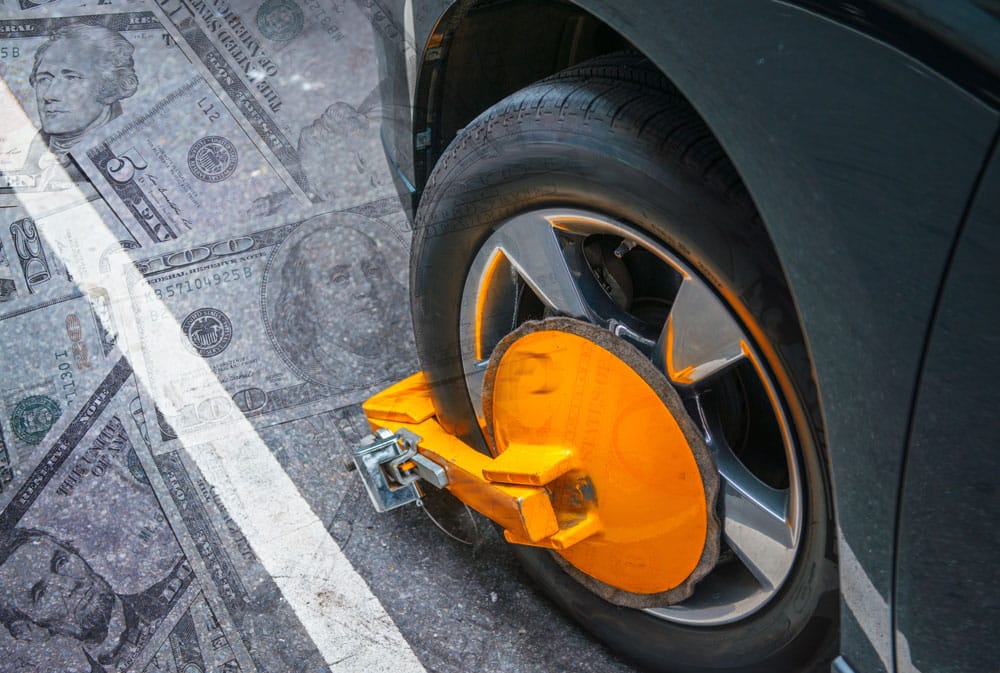
Handicap accessibility also deserves our attention. Those in need of consideration for their individual disabilities are deserving of mobility solutions so they can move around freely in our society. Handicap parking accessibility is important, and it is imperative that we maintain adequate spaces, but it is the floor and not the ceiling. We must constantly be thinking of inclusion-focused ways to accommodate others. Not everyone can move around freely without the barriers of curbs that aren’t adjusted to ensure accessibility, buses with lifts, or communications that are clear for all. Focus must be given to minimize obstacles.
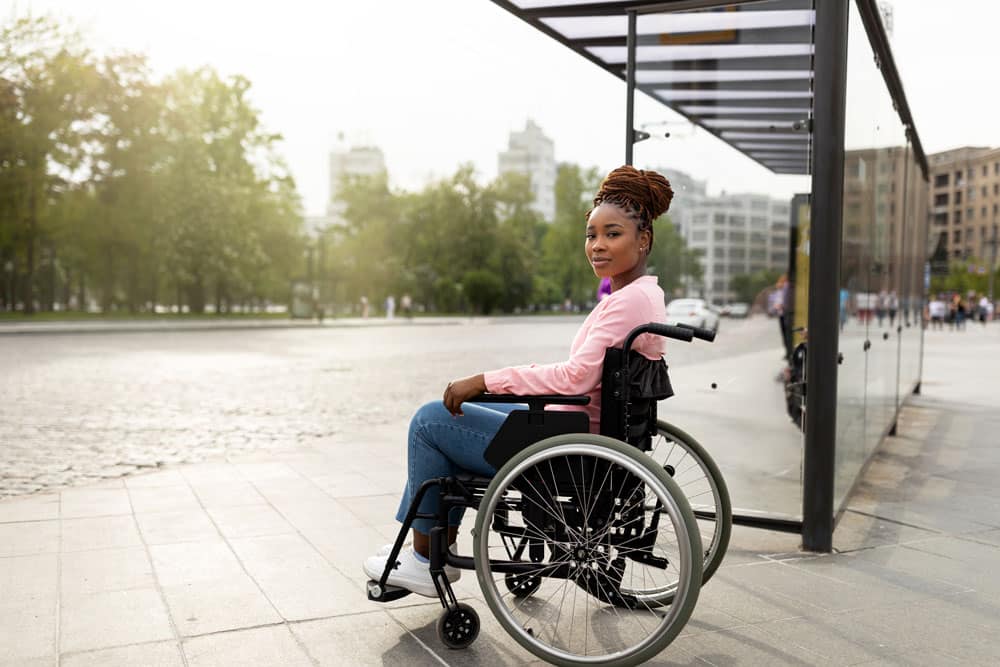
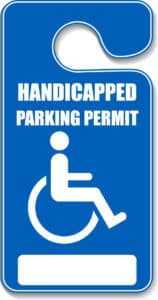
Equity is an issue in every walk of life; therefore, it is to be expected in our industry. Equity at the curb is attainable, but as with every change in equality it is only attainable through intentionality. We must exercise laser focus as we commit to eradicate inequities. Compassion should lead us to a commitment of equity for all – realizing we strive for equality because it’s the right thing to do.
Affordable and accessible mobility options play a key role in creating pathways to opportunity for people of color and people with disabilities, who disproportionately live-in poverty. Our initiatives should include consideration for the unbanked community. Lastly, we must integrate the ability to pay fines and fees through income-based programs. Our strategic goals should include a mandate to make decisions with an equity lens. In sum, inequities range from the cost of fees and fines to access to efficient commutes and the high cost of driving. Now, with the exorbitant gas prices, many cannot afford to fill their tanks and cover the cost of essentials. This is a bit of a paradigm shift, but parking and mobility is all about being progressive and on the cutting edge. That can’t just be in technology, it must also be with people.
One of my favorite reads is 7 Habits of Highly Effective People, by Stephen Covey. Habit number two is, “Begin with the end in mind.” In Covey’s book, he states, “every day we write our own obituaries with our actions—our obituaries are being determined every day by the choices we make.” This resonates for me, as one of the characteristics I want to be known for when I am laid to rest is my passion and commitment for equity, in all things.
Yes, it is true equity has a place in race relations, gender, and age; but as transportation and parking professionals we should also strive for equity at the curb and all things mobility. Parking professionals, police, politicians, and public works decision makers should all be mindful of ensuring equity with public space. Mobility professionals should be ensuring all aspects of moving around a city are viewed through an equity lens. Regardless of whether it is handicap accessibility, parking fines, or even the fees for public transportation, all should be approached with an equity mindset.
Equity is defined as the quality of being fair and impartial. Therefore, one might perceive a parking fine escalation of $50 charged to anyone with an outstanding parking citation should be charged to everyone and this is equity. Afterall, isn’t it fair that everyone be charged the $50 if they didn’t pay timely? While I can certainly see this argument, we must also be mindful of those who would be greatly impacted by a $50 cost burden. Not everyone is able to pay the $50 and continue with life without missing a beat; for some, paying $50 on a parking fine may very well mean the difference between eating or not. Attention is warranted on the impact of assessing fees, fines, and fares on those with low income. Realizing the potential of a financial burden, cities should make provisions to assist and aide.

While the topic of equity in parking has been around for decades, our industry still has a significant amount of work to do to balance the existing inequities. Consumer expenditure data shows that those with low income spend 16% of their income on transportation costs on average, while those with higher income spend just 6%. This disparity is why parking and mobility professionals need to seek out opportunities to improve our services in any way feasible to assist those living below the federal poverty level.
Equity should be considered in all decisions impacting parking. In my neck of the woods of Louisville, Kentucky, parking on the right of way or parking on the curb is a public accessibility concern and not an issue of private property. Equity considerations are not only being contemplated heavily here, but are in Michigan, Illinois, and other states. How does taking a block out of public access and privatizing that block affect the people that previously utilized those spaces? Perhaps there is a dialysis center in proximity, and this was the nearest public parking. Decisions to privatize any one block needs to consider the usership of the block to minimize creating undue hardships for those that are already at a disadvantage. There is a realization that those that are currently marginalized are only further burdened when equity measures do not take into consideration the effect it will have on those who are indigent.

Maybe a city is contemplating adding mobile or “pay by cell” technology. The city surely is considering all the aspects around how progressive of a step this will be. The press office is drafting the latest release to advise of new amenities offered in the downtown city blocks, and how excited they are to launch cutting edge technology. After all, everyone has a cell phone, and this is “pay by phone” technology. People won’t have to carry change or even access their wallets for a credit card anymore. Decision makers are elated about offering this progressive model to their city blocks. However, has anyone taken into consideration the adjacent businesses who utilize the area? Could they be removing the possibility of the unbanked being able to continue to park legally? Would this area be better served with a hybrid of meters, pay stations, and pay by cell technology? These are the considerations that should go into improving an area—review with an equity lens and not purely with a technology lens.
Metropolitan officials have a responsibility to assist citizens by connecting them to employment, education, and services they need. This would include providing ways for all to have access to reasonably priced transportation. While prices may be feasible, there also needs to be ample access. Many cities are not able to provide adequate transportation throughout the city limits due to corporate transportation costs, which leads to a disproportionate number of unemployment, poverty, and health issues for those that rely solely on public transportation. Health issues are perpetuated due to limited access to services, doctors’ offices, medicine, or even healthy foods. Ample transportation is pivotal to avoid transportation inequities, but because many cities were suffering to meet a budget to maintain existing transportation routes, adding routes to an existing deficit isn’t financially attainable. Nevertheless, affordability strategies need to remain on the forefront for decision makers. Intentionality and focus are needed to make sure transportation is affordable for those with low income and to increase connectivity for all communities, including safe transit, bicycling, and walking. Yes, funding is needed; changes at the local and state levels need to address how transit can change the trajectory so people can realistically work themselves out of poverty.
Fares and fees can also create a financial burden to those households with low income struggling to meet their basic needs. Local transportation authorities have created programs to assist communities utilizing buses as their main source of transportation. Our local transit authority promoted passes for middle and high school students to receive free bus rides to move around the city to attend school, work, and access to services. Discounted parking passes in bulk have also been available for those who qualify. Employers can be encouraged to work alongside transportation outlets to participate in programs to purchase discounted tickets to ride to work. It can be challenging to align transportation and parking revenues with equity objectives, but it should be a goal to attain.
A Kentucky state statute provides relief for indigent individuals who have had their cars booted or immobilized. The high cost of having a car released from impounding caused some to let the car go; outstanding citations and the accumulating daily impound fees were often greater than the value of the car. Did one citation occur because they couldn’t afford the meter, or maybe they did pay and ran over, and it led to a citation that escalated? Where they then towed and couldn’t afford to get the car out and there was no relief available to assist? There must be ways to avoid compounding an already existing hardship. In cases where unpaid fines can be financially devastating, offering levity can mean the difference between keeping a job and losing a job due to transportation, only perpetuating an already bad situation.

Handicap accessibility also deserves our attention. Those in need of consideration for their individual disabilities are deserving of mobility solutions so they can move around freely in our society. Handicap parking accessibility is important, and it is imperative that we maintain adequate spaces, but it is the floor and not the ceiling. We must constantly be thinking of inclusion-focused ways to accommodate others. Not everyone can move around freely without the barriers of curbs that aren’t adjusted to ensure accessibility, buses with lifts, or communications that are clear for all. Focus must be given to minimize obstacles.


Equity is an issue in every walk of life; therefore, it is to be expected in our industry. Equity at the curb is attainable, but as with every change in equality it is only attainable through intentionality. We must exercise laser focus as we commit to eradicate inequities. Compassion should lead us to a commitment of equity for all – realizing we strive for equality because it’s the right thing to do.
Affordable and accessible mobility options play a key role in creating pathways to opportunity for people of color and people with disabilities, who disproportionately live-in poverty. Our initiatives should include consideration for the unbanked community. Lastly, we must integrate the ability to pay fines and fees through income-based programs. Our strategic goals should include a mandate to make decisions with an equity lens. In sum, inequities range from the cost of fees and fines to access to efficient commutes and the high cost of driving. Now, with the exorbitant gas prices, many cannot afford to fill their tanks and cover the cost of essentials. This is a bit of a paradigm shift, but parking and mobility is all about being progressive and on the cutting edge. That can’t just be in technology, it must also be with people.
Tiffany Peebles is a Senior Account Manager for ParkMobile, a member of the IPMI Board of Directors, and a member of the IPMI Education Development Committee.
-
Tiffany Peebleshttps://parking-mobility-magazine.org/author/tiffany-peebles/April 9, 2022
-
Tiffany Peebleshttps://parking-mobility-magazine.org/author/tiffany-peebles/October 27, 2022
-
Tiffany Peebleshttps://parking-mobility-magazine.org/author/tiffany-peebles/August 1, 2023

The Complexities of Identity
The Vitality of Discovering your own Intersectionality

Age Is Only a Number
To create equity and inclusion for all age groups, it’s

Leadership in the Practice of Allyship
In the practice of Allyship, leading by example, fostering diversity,

